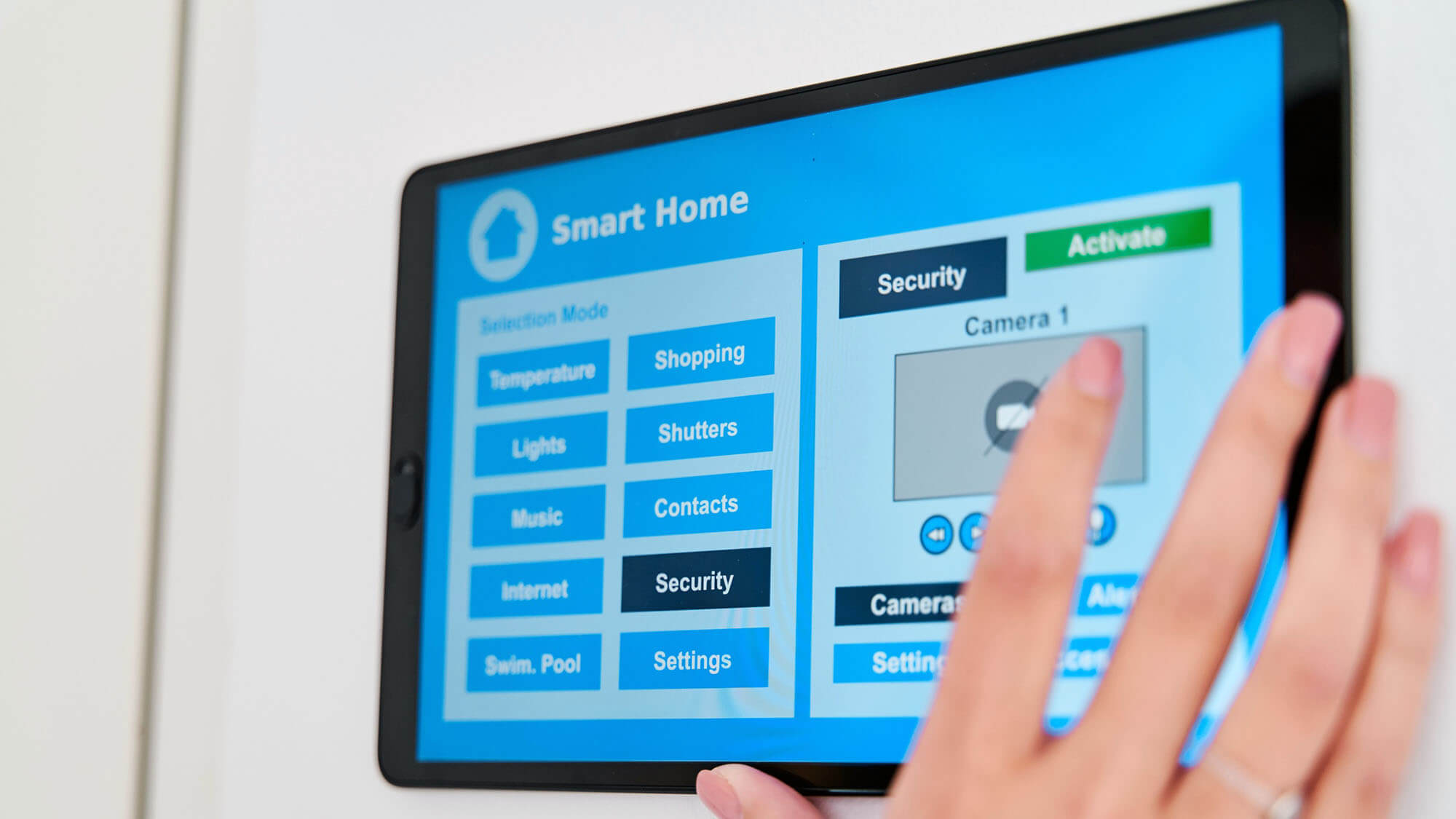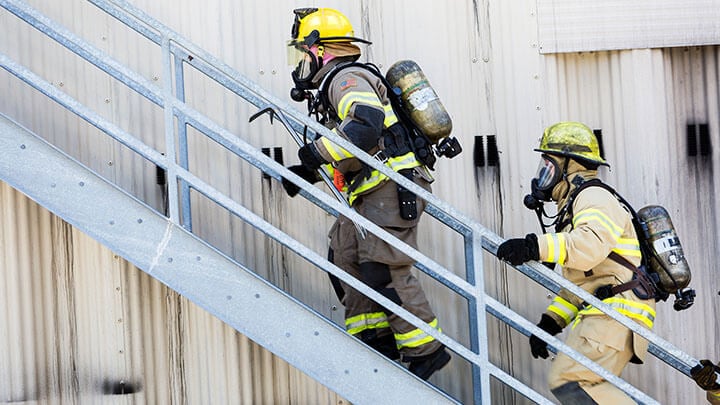Advances in Life Safety and Security Product Testing and Certification

15 Apr 2025
Adapting to New Challenges Posed by Emerging Technologies, Global Market Shifts, and Evolving Risks
The life safety and security industry is rapidly evolving, driven by technological advancements, regulatory changes, and growing consumer expectations. As safety and security remain critical priorities, the need for rigorous, forward-thinking testing and certification processes is greater than ever. Manufacturers in this space are not only tasked with meeting established standards but must also adapt to new challenges posed by emerging technologies, global market shifts, and evolving risks.
The Current Landscape of Life Safety and Security Testing
The life safety and security sector encompasses a wide range of products, including fire detection systems, surveillance technologies, access control solutions, and more. These products play a vital role in protecting lives and property, and their effectiveness relies heavily on rigorous testing and certification. Traditional testing methodologies have focused on validating product performance under defined conditions, ensuring that products comply with critical standards such as those developed by UL, NFPA, EN, and ISO. While these benchmarks remain indispensable, the industry’s transformation necessitates new approaches to certification that account for the complexities of the modern world.
Emerging Trends Impacting Certification Practices
As the life safety and security industry evolves, several key trends are shaping the future of product certification. One significant change is the integration of Internet of Things (IoT) and smart technologies into security systems. The proliferation of IoT devices introduces a level of complexity, as these devices must not only function reliably but also safeguard against cyber threats. This growing emphasis on cybersecurity has led to the development of specialized certification programs, ensuring that products are both safe and secure in our increasingly interconnected world.
Sustainability is another critical factor influencing certification standards. As manufacturers across industries prioritize eco-friendly materials and energy-efficient designs, testing protocols are adapting to include environmental impact assessments, lifecycle analysis, and energy efficiency certifications. In response to this shift, the life safety and security sector is embracing certifications that validate sustainable practices, helping manufacturers demonstrate their commitment to reducing environmental footprints.
New battery technologies, the proliferation of coin cell batteries, and their regulation is another emerging trend within the industry. With an effective date of March 2024, Reese’s Law mandates federal safety requirements for button cell or coin batteries to protect children and other consumers against hazards associated with the accidental ingestion of button cell or coin batteries by requiring the U.S. Consumer Product Safety Commission to promulgate a consumer product safety standard to require child-resistant closures on consumer products that use such batteries, and for other purposes. All consumer products, including alarms and detectors, containing a button cell or coin battery need to be evaluated to confirm compliance with the new requirements.
Another trend driving change in the industry is the acceleration of product development cycles. Manufacturers are working to bring new, innovative solutions to market faster than ever. In response, testing services are becoming more streamlined, with integrated models that reduce time-to-market without sacrificing safety or quality. This shift is helping manufacturers meet the demands of a fast-paced market while ensuring compliance with safety standards.
Finally, the globalization of markets is pushing for the harmonization of standards. As international trade and collaboration increase, there is a growing need for universally recognized standards that simplify market entry and streamline compliance. Manufacturers seeking global market access must align their products with both regional requirements and international best practices.
Shaping the Future of Certification in Life Safety and Security
The life safety and security industry is undergoing a transformation, and manufacturers need testing and certification partners who can help them navigate this dynamic environment. To stay ahead of these trends, certification bodies are investing in advanced testing technologies and continuously evolving their services.
State-of-the-art testing facilities are essential to ensure products meet the highest standards, particularly in areas such as AI-driven surveillance systems and advanced fire detection solutions. These laboratories are equipped to test new technologies, ensuring that emerging products are safe, effective, and ready for market.
Moreover, recognizing that each product presents unique challenges, testing providers are developing custom protocols tailored to specific product features and market needs. This bespoke approach ensures that products receive the most relevant and comprehensive testing, addressing the evolving demands of both regulators and consumers.
Industry collaboration is another critical aspect of advancing certification standards. As new technologies emerge and global markets expand, certification bodies are actively participating in standard-setting organizations and industry forums. By contributing expertise and advocating for new standards, these bodies help shape the future of product certification and ensure that safety remains a top priority.
With the growing interconnectivity of devices, cybersecurity has become an increasingly important focus in the life safety and security sector. To address the vulnerabilities posed by connected products, testing services are enhancing cybersecurity frameworks. Manufacturers are now able to test and certify their products for cybersecurity risks, helping to safeguard against potential breaches and ensuring that products are trusted by both regulators and end-users.
Preparing for the Future of Certification
As the life safety and security industry continues to evolve, it’s clear that the certification process must keep pace with new technologies, regulatory shifts, and market dynamics. Manufacturers need testing partners who understand these complexities and can offer the expertise, resources, and agility necessary to stay ahead of industry demands. By investing in advanced testing capabilities, creating custom testing protocols, and actively shaping industry standards, certification bodies can ensure that manufacturers are not only compliant but also positioned for success in a competitive market.
The future of the life safety and security industry presents boundless opportunities. To capitalize on these opportunities, manufacturers must embrace rigorous, forward-thinking testing and certification processes that address the emerging challenges of tomorrow’s security landscape. By adapting to new technologies, embracing sustainability, and remaining vigilant in the face of new risks, the industry can continue to innovate while maintaining the highest standards of safety, security, and trust.

